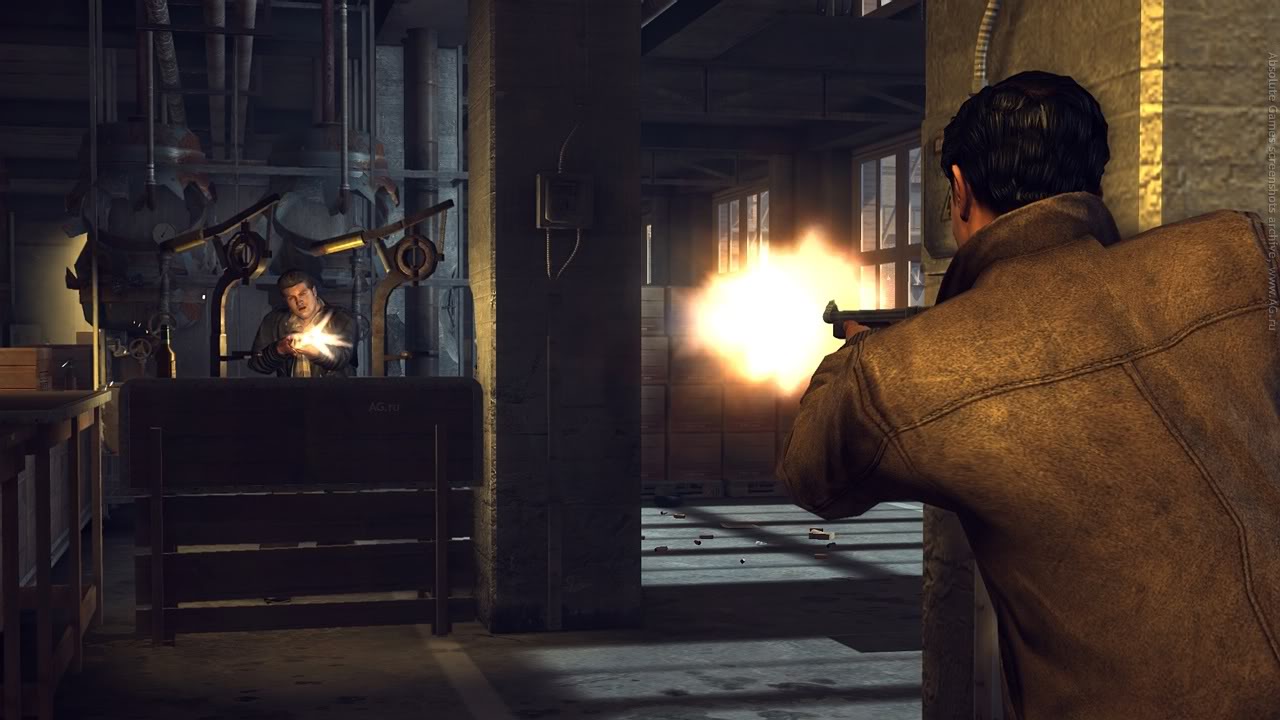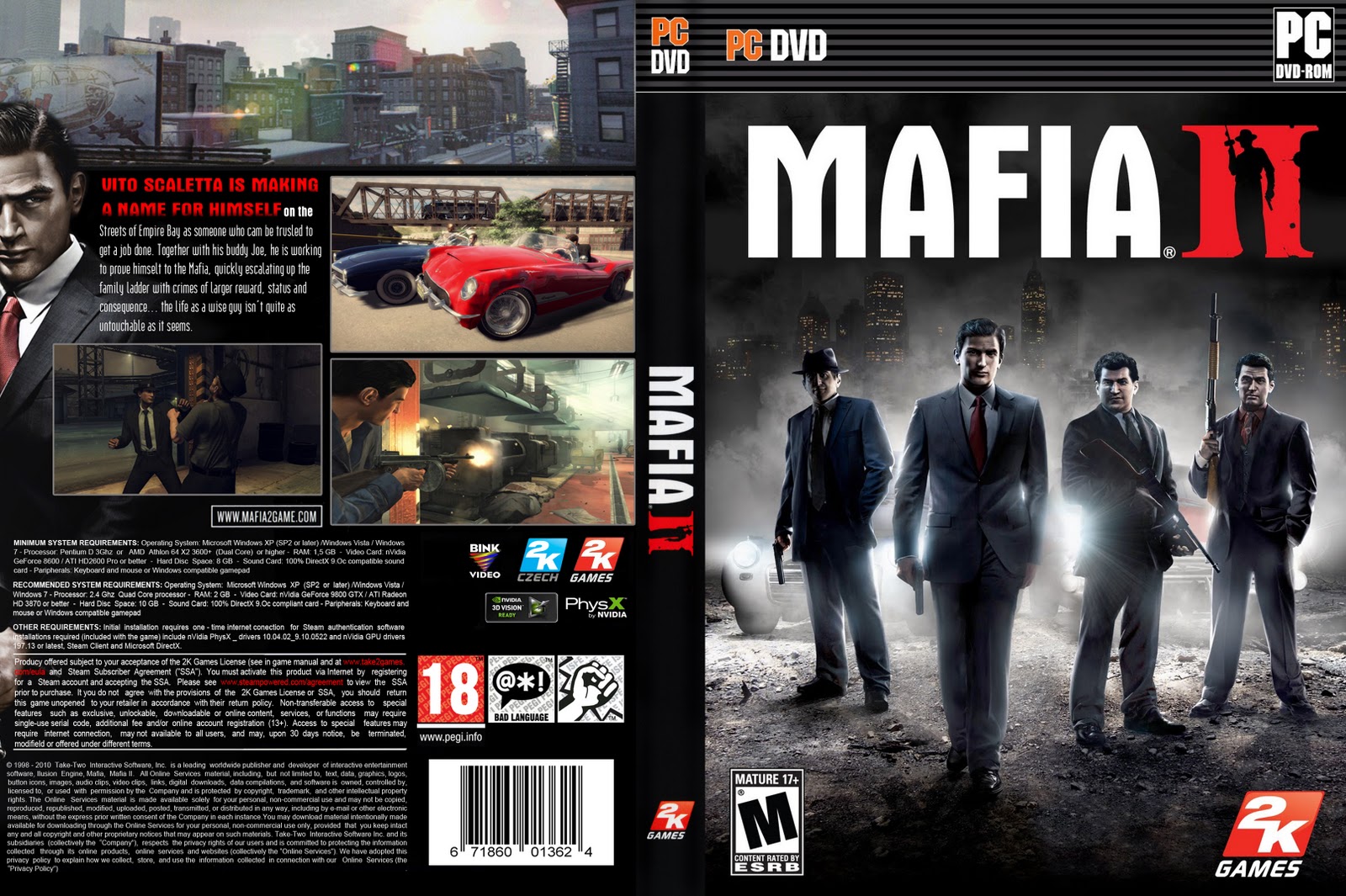

Sometimes, with a passenger, some enlightening dialog can occur, but often it’s simply Vito, alone, making his way to the next destination which is either a cutscene or else some real action. A large portion of this game is spent simply going from point A to B, because there’s no quick travel option. There is a lot of it, and not in the exciting “car chase” sense, although that does occasionally occur. If you were too young to sing along to Dean Martin on the radio while driving along the freeway, now, virtually, is your chance to give it a try. A well scored original, orchestral track accompanies dramatic moments of the game, while the in-game radio stations have an amazing mix of jazz, big band, pop and rock music from the 30s, 40s and 50s. The icing on the audio cake, however, goes to the music. Uniformly strong performances from all the voice actors really sell this Rags to Riches story, and the sound effects of the automobiles and guns is both authentic and immersive.


Screen tearing is also a regular occurrence.

Technically there are still some flaws, with the PS3 version lacking blood and blades of grass, while both versions suffer from the usual pop-up and draw-in problems of games this size. The total package can be a little sparse sometimes, and the cities lack the grime and grit of Red Dead Redemption’s crumbling towns, so in some respects it looks like a kind of idealized, super-clean, Norman Rockwell interpretation of the 50s. The environments in Mafia II themselves also largely nail the feel of the 40s and 50s eras the game takes place in, with a progression of seasons from winter to summer, and some striking detail on the buildings and automobiles that really drive home a sense of time and place. Light is well done, as seems typical of most European games, and the character models in particular stand up extremely well to the punishing demands of nuanced facial performance in up-close-and-personal in-game cutscenes. Visually, 2K Czech has done great job with the graphics in certain areas.


 0 kommentar(er)
0 kommentar(er)
